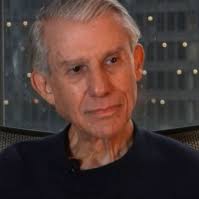This piece was reprinted by OpEd News with permission or license. It may not be reproduced in any form without permission or license from the source.
A major difference between conditions now and Japan then was its 20% saving rate that let households "hold together as housing, commercial construction, and capex (capital expenditures) collapsed."
In contrast, Americans are way over-leveraged enough to require years more needed to reduce it to normal levels. As a result, household purchasing power will be greatly restrained.
Pent-up discretionary demand is absent to reduce debt and interest payment burdens. Rosenberg calls it a "secular downsizing shift."
Moreover, despite zero interest rates, banks aren't lending and consumers aren't borrowing as they're up to their ears in debt. They need less, not more. As a result, it'll keep receding for years. It represents a generational semi-permanent shift, promising protracted negative or weak growth.
Rosenberg also calls it "the movie of (past decades) in reverse: savings growth (replacing) discretionary spending."
Frugality is in, frivolity out. From the early 1980s through 2007, debt surged, leaving household balance sheets way overstretched.
Declining demand and supply of credit ahead has "profound implication for interest rates, inflation, economic growth and corporate earnings."
The only positive is one day the pain will end. So far, it's nowhere in sight as economic contraction continues.
Next Page 1 | 2 | 3 | 4 | 5 | 6
(Note: You can view every article as one long page if you sign up as an Advocate Member, or higher).





